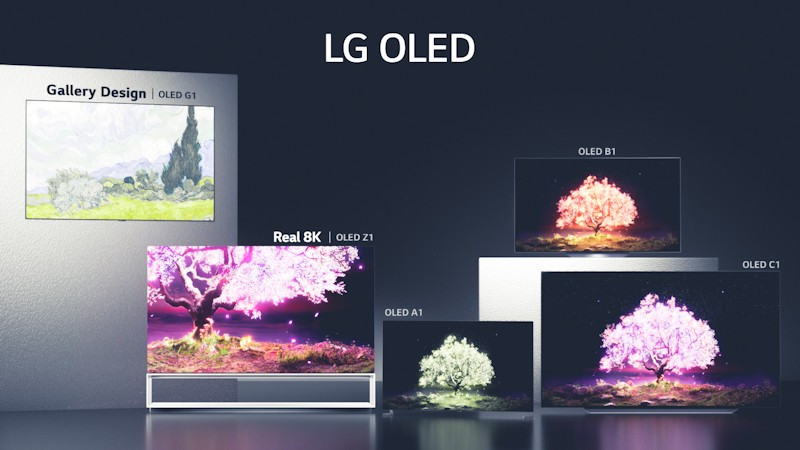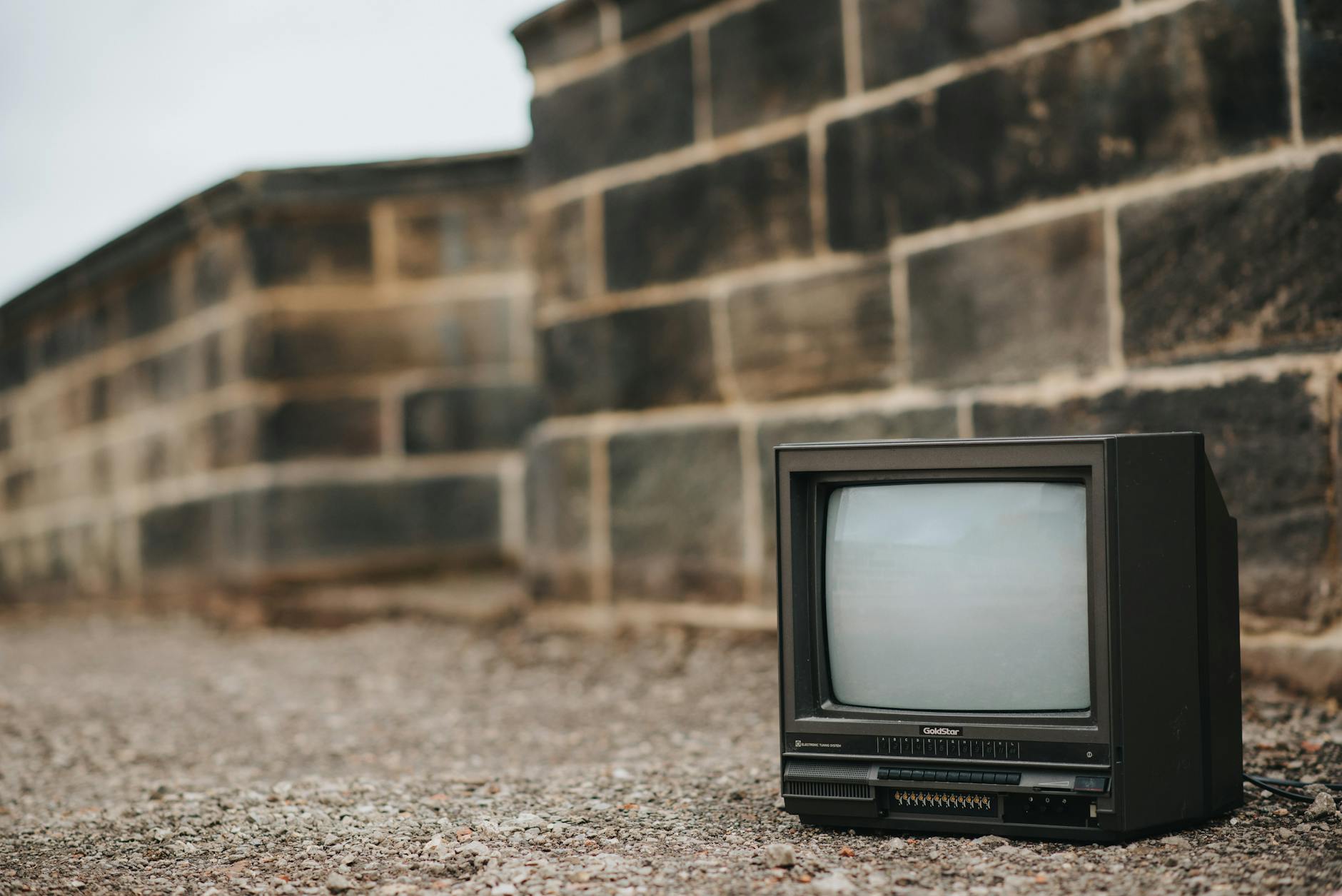There are so many television sets in Kenya currently. It is, therefore, an uphill task to choose a TV set that suits your needs. TV manufacturers are rushing against time, trying to catch up with the ever-changing trends leaving consumers spoilt for choices.
To understand TV, you have to know the evolution journey and see for yourself how over the years, TV has evolved from backlight, resolution to size to where we are now. For ages, LG has pioneered the dawn of a new era in TV categories.
CRT TV
These were the first TVs. We can as well refer to them as ancestors. They had a size of 14 by 21 with a resolution of 720”576 SD. Their thickness was 399mm. They are the black and white ones that had a huge “behind.”
On a more technical term, a CRT TV is a television device that uses cathode ray tubes. These tubes contain one or more electron guns and fluorescent screens that are used to view images.
CRT TVs typically include about 4 to 8 pounds of lead in the glass tube, and the inside of these tubes also are coated with toxic phosphor dust.
PDP TV
A plasma display panel (PDP) is a type of flat panel display that uses small cells containing plasma: ionized gas that responds to electric fields. Plasma TVs were the first large (over 32 inches diagonal) flat panel displays to be released to the public.
Their size was 32 by 43 with a resolution similar to that of CRT. Their resolution was 720”576, just like the CRTs with a thickness of 101mm.
LCD
LCD stands for liquid crystal display. The liquid crystals block or allow light to pass through them. The different colors and brightness levels created by the liquid crystals and various filters become the picture on the screen. LED stands for light-emitting diode, and these make up the backlights of some TVs.
Their size is 32 by 43 with a high resolution of 1280”720 HD and with a thickness of 91mm.
LED
LED stands for light-emitting diode, and these make up the backlights of some TVs. The LEDs either sit behind the screen (this is called full array) or at the edge of the screen (known as edge-lit).
These are the more advanced TVs but still within the range of 32 by 43 in size with a resolution of 1920”1080 FHD and a thickness of 37mm. It has a bezel size of 18mm.
NANOCELL
This is what everyone would wish to have. The size is 50 by 86 and a resolution of 4K 3840”2160 or 8K 7680”4320 UHD. Its thickness is 21mm and a bezel size of 10mm.
So, what is NanoCell TV? NanoCell is a cutting-edge screen technology that uses ‘nano’ (extremely tiny) particles to boost the picture quality offered by LCD.
NanoCell filters out light in the ‘wrong’ colors to deliver rich, beautiful reds, blues and greens, offering a viewing experience exactly as the director intended.
QNED
The term QNED is an amalgamation of the word ‘Quantum’, LG’s ‘NanoCell’ LCD branding, and the ‘Emitting Diodes’ used in its backlight. That’s a Q, an N, an E, and a D. Specifically, QNED makes use of 30,000 miniscule LEDs used in its backlight, far more than the number found in its existing LCD TVs.
The size is still 50 by 86 with a resolution of either 4K 3840”2160 OR 8K 7680”4320 UHD. Its thickness is 14mm.
OLED
The acronym ‘OLED’ stands for Organic Light-Emitting Diode – a technology that uses LEDs in which the light is produced by organic molecules.
OLEDs enable emissive displays – which means that each pixel is controlled individually and emits its own light (unlike LCDs in which the light comes from a backlighting unit).
The size is 50 by 86 with a thickness of 2.57mm. It is the thinnest giving it an extraordinary appearance and feel. The bezel size is 9mm. Its resolution is 4K 3840”2160 OR 8K 7680”4320 UHD.






1 Comment
Pingback: LG Rolls Out Campaign to Educate Consumers on TV Trends